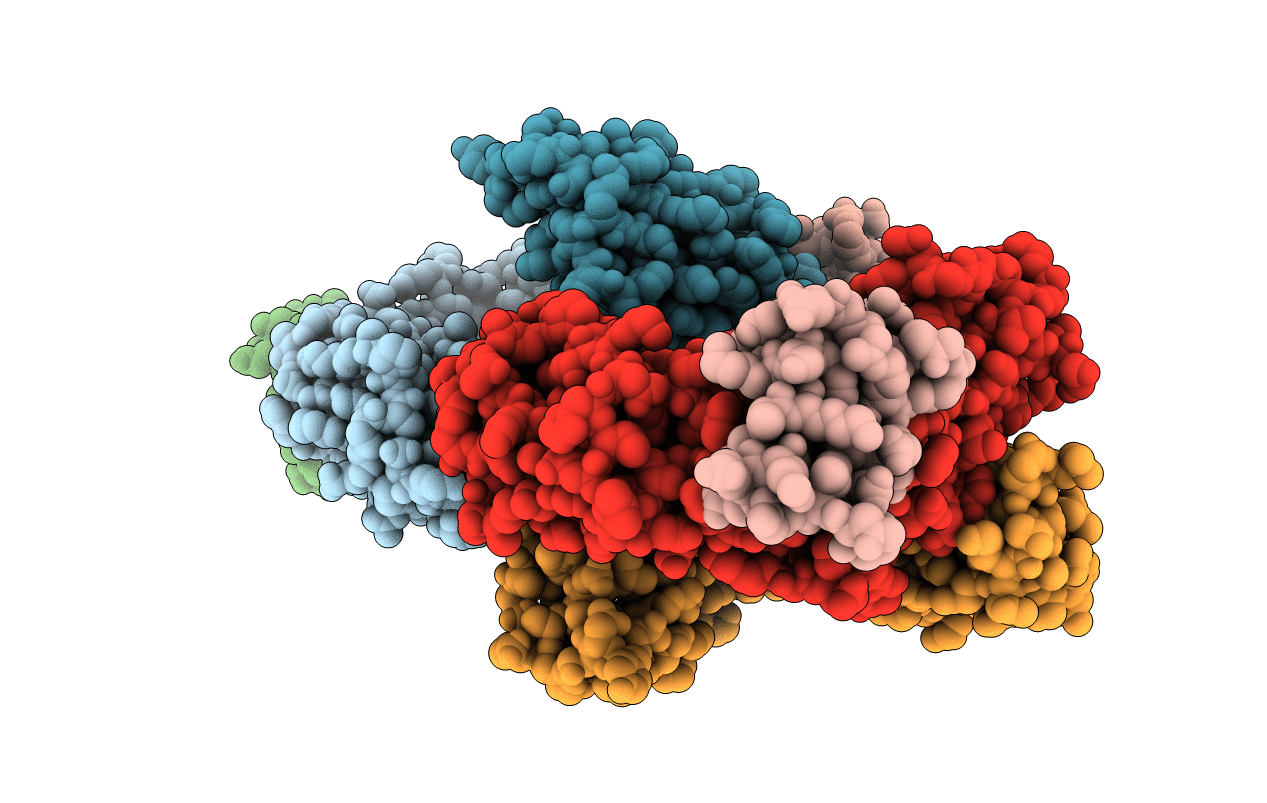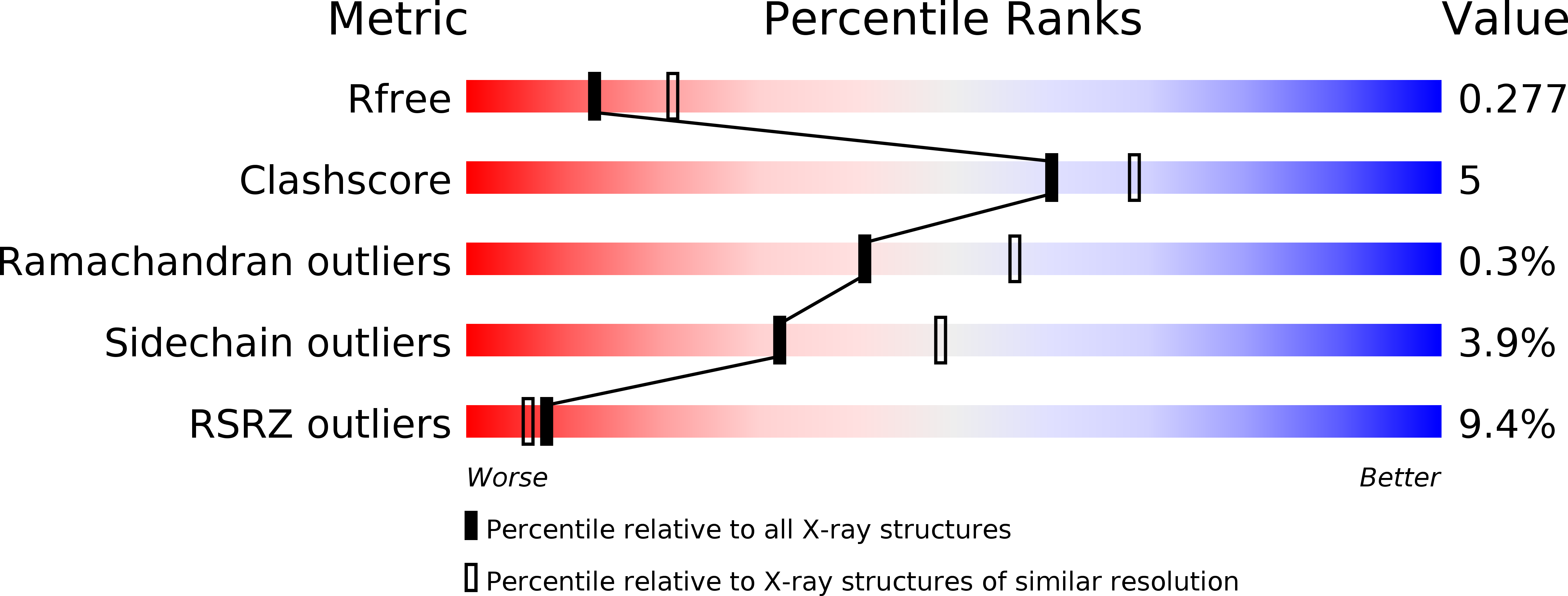
Deposition Date
2013-11-25
Release Date
2014-03-12
Last Version Date
2024-11-06
Entry Detail
Biological Source:
Source Organism:
Homo sapiens (Taxon ID: 9606)
Staphylococcus (Taxon ID: 1279)
Staphylococcus (Taxon ID: 1279)
Host Organism:
Method Details:
Experimental Method:
Resolution:
2.64 Å
R-Value Free:
0.26
R-Value Work:
0.22
R-Value Observed:
0.22
Space Group:
P 1 21 1


